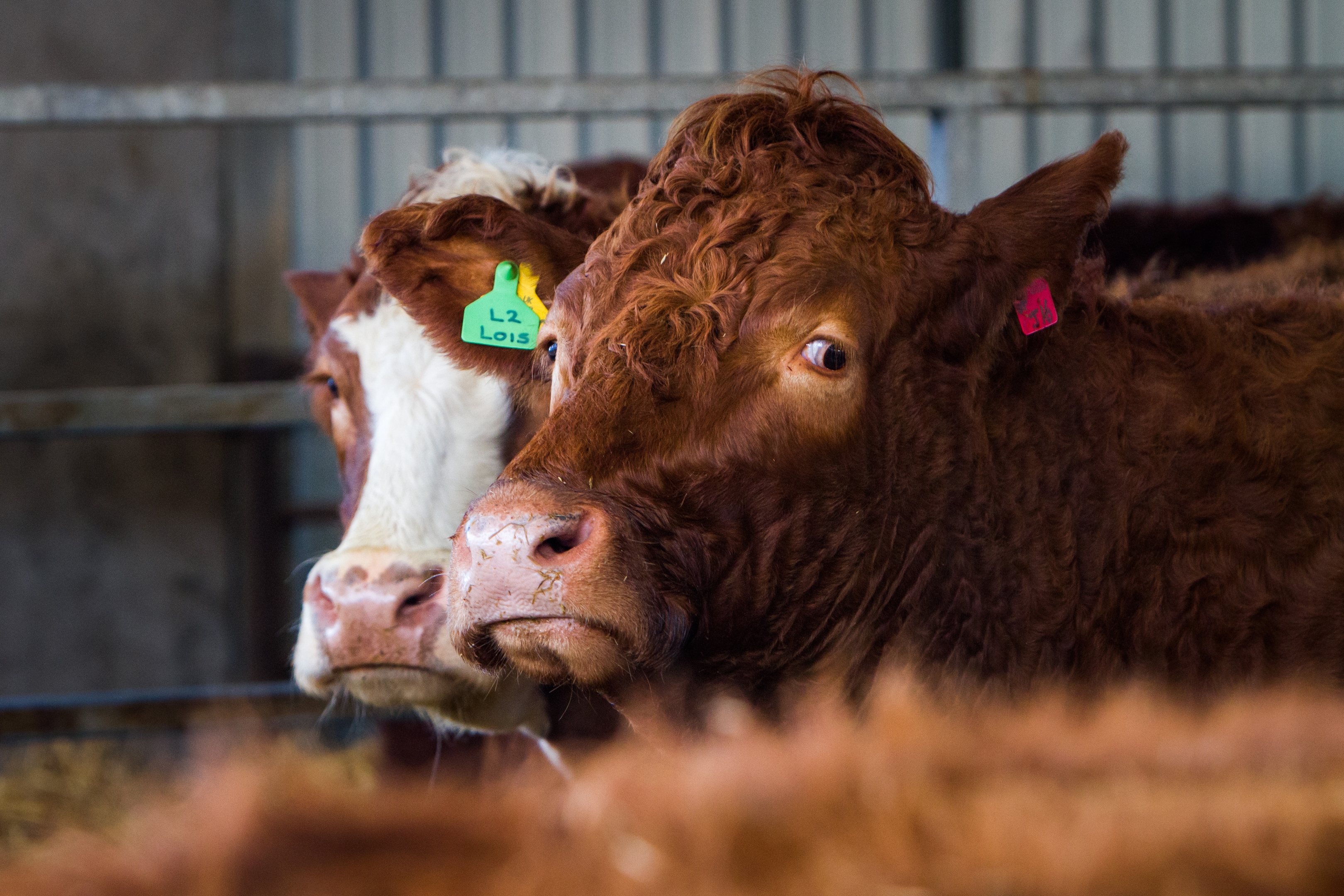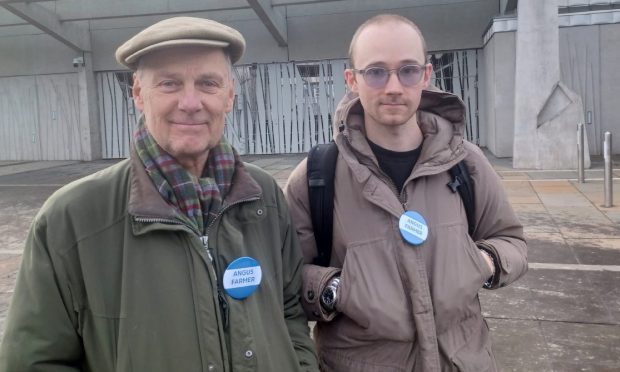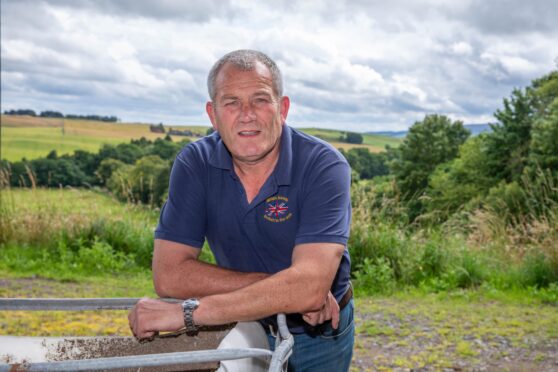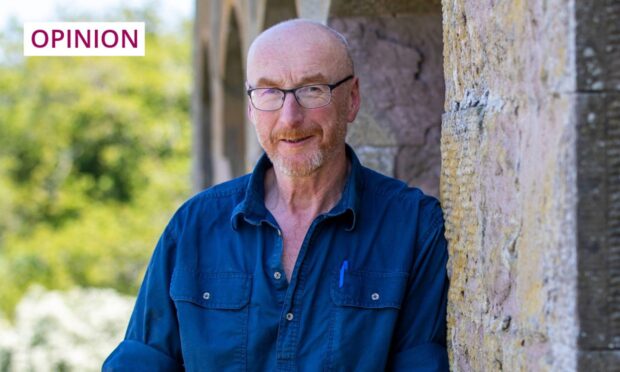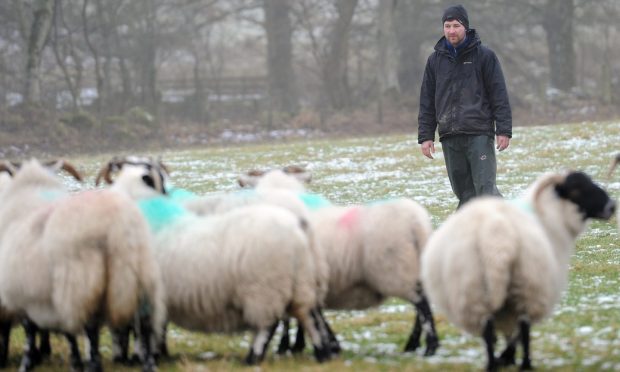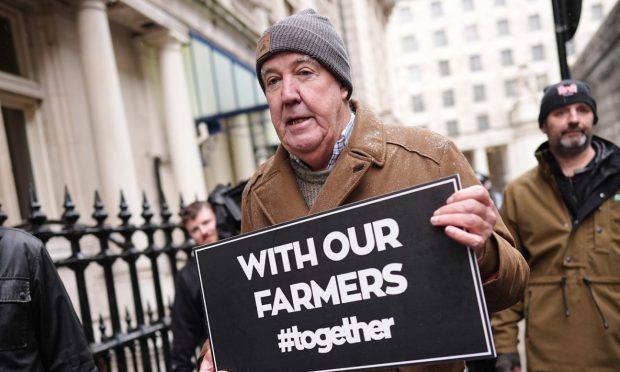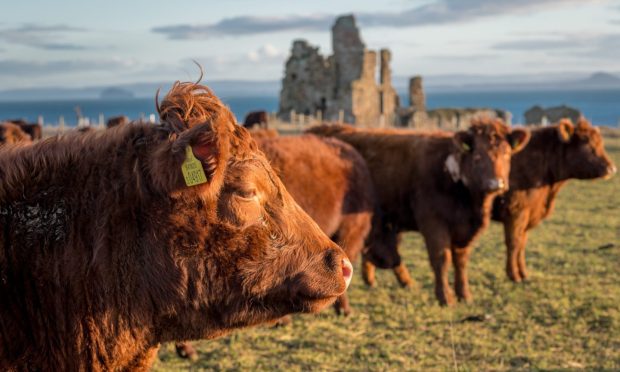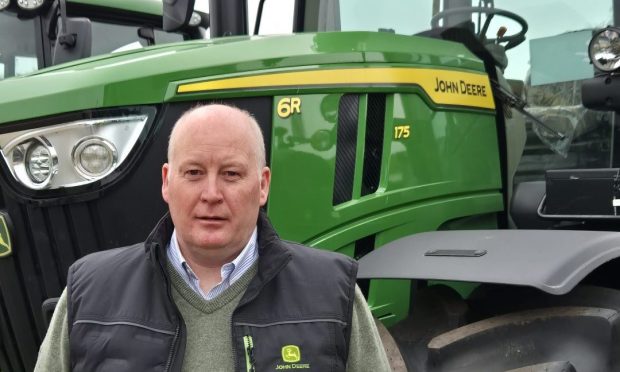Farm leaders from the UK and the Republic of Ireland (ROI) have appealed to politicians to find a Brexit deal that would allow free trade of livestock to continue between the two countries.
The issue topped the agenda at a meeting in Belfast where union chiefs outlined the importance of the trade to both economies.
Trade includes nearly 40% of the UK’s beef exports going to ROI while 50% of Irish beef exports are marketed in the UK. More than 40% of Northern Ireland’s lambs are processed in ROI and 90% of the UK’s lamb exports are destined for the European market.
NFU Scotland’s (NFUS) livestock committee chairman, Charlie Adam, called on politicians to take this trade into consideration during Brexit negotiations.
Speaking after the meeting he said: “There is a lot hanging on achieving a progressive free trade arrangement.
“Our countries have strong trade links for both livestock and red meat products and it will be essential we have a free trade agreement in order to secure a healthy future for these vulnerable sectors.”
The unions also agreed that in order to achieve favourable trading conditions between the UK and EU post-Brexit, there had to be equivalent standards for agricultural practices and processing.
“The existing standards that are in place will give us a solid foundation to work from and help ease the negotiating process,” said Mr Adam.
“The UK and Irish farming unions are committed to finding practical solutions that allow for the harmonious trade of livestock and red meat products between the UK and the EU to continue post-Brexit.”
NFUS policy manager, John Armour added that the integrity of the current market had to be protected.
He said: “Politicians must ensure that the UK does not enter in to free trade agreements with third countries which produce beef and lamb to low standards.”
nnicolson@thecourier.co.uk
